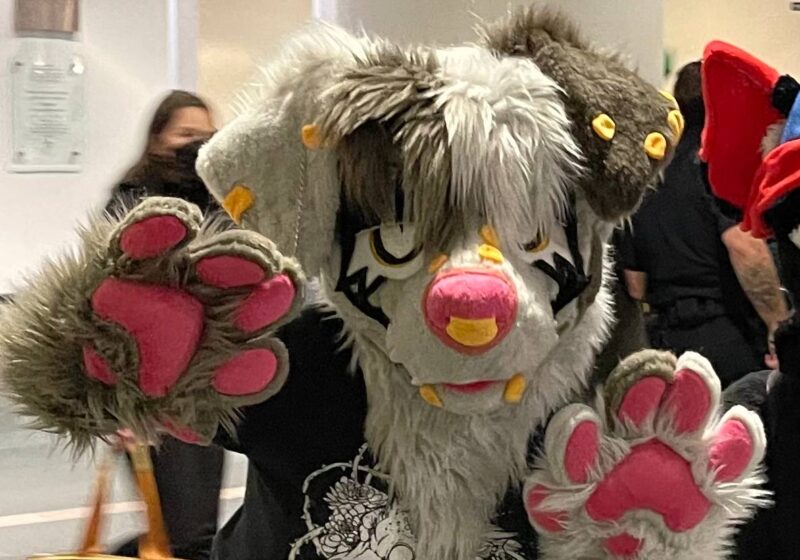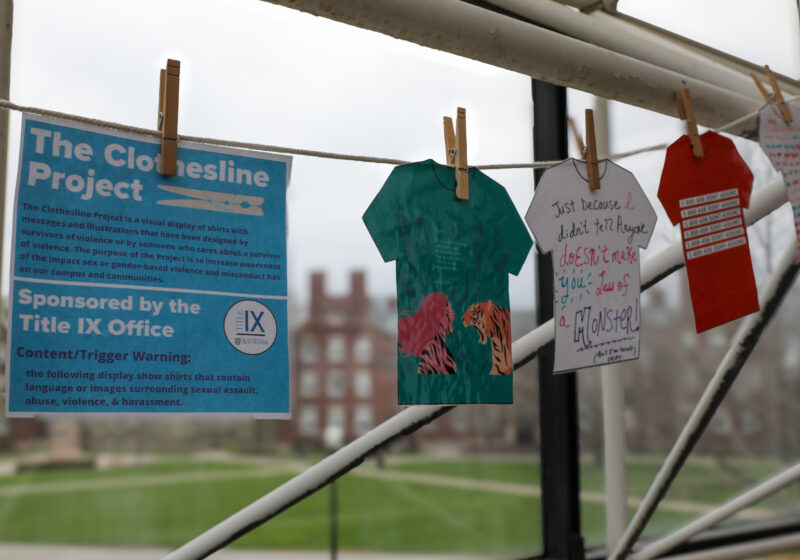In a surprising move, Rochester Mayor Robert Duffy announced Wednesday that he wants the Fast Ferry shut down. Explaining his decision, the mayor claimed that he wanted to “stop the bleeding.”
So how deep is the financial wound going to be? To finance the project thus far, the city has to take out a $40 million loan. The mayor is planning to take another $9.5 million from the city’s insurance fund to pay off the remainder of the city’s debts.
The city took a gamble and lost their shirt in the process, but perhaps the ferry’s epic failure will lead to more sober assessments of future development projects. It is crucial that city leaders curb their wild expectations before another chunk of city funds is thrown away on the ill conceived Renaissance Square project.
Under its current set of plans, the city wants to construct a downtown hub that will feature a Monroe Community College satellite campus, a performing arts center, high-end shopping and a new bus terminal all in one building. Slated at a cost of nearly $230 million, this will be the biggest and most expensive public project in the region’s history.
City leaders have their hearts in the right place, but they are trying to do too much at once. Before constructing a new bus terminal, the city should first examine why ridership on city buses is so poor. Bus fares do not come close to covering costs, and the entire Rochester Genesee Regional Transportation Authority system is held up by massive subsidies from the state and federal government.
The Renaissance Square plan also makes the mistake of putting two incongruous businesses together in the same space. Rochester does not have any severe parking or traffic problems. Thus, many of the people who take public transit do so because of financial constraints. This is also the group least able to afford high end shopping and tickets to the opera.
In their elusive quest for economic growth, city leaders have decided to ignore the very obvious shortcomings of the Renaissance Square project and proceed ahead. This is an unfortunate choice because Rochester, like the rest of Upstate New York, suffers from a set of deep structural problems that development alone cannot solve.
The entire region is undergoing the painful transition from a manufacturing economy to an information economy. The only way to ease the pain is to attract new businesses that are more in line with the demands of today. Unfortunately, high taxes and strong unions have made New York a relatively unattractive place for businesses to locate.
To overcome these hurdles, the city needs to work extra hard to court incoming businesses. There is no one correct way to do this, but what is clear is that Rochester needs to bring in businesses that actually produce things and can offer workers high paying jobs.
In addition, there are a number of first- rate universities in the Rochester area that turn out thousands of ambitious, educated young people every year. Why do so few of them stick around after graduation? It’s not a lack of ferryboat access. It’s a lack of good job opportunities.
Rochester needs to be a city that produces more than just vague plans. The city needs to figure out its comparative advantage and then work to bring the necessary businesses into the fold.
This city certainly has the resources and the talent necessary to turn itself around. However, we aren’t going to see any progress until city leaders learn to do a better job of separating the serious projects from the fluff.
Miller can be reached at emiller@campustimes.org.

